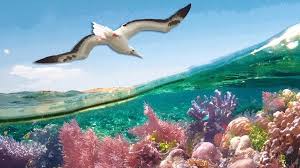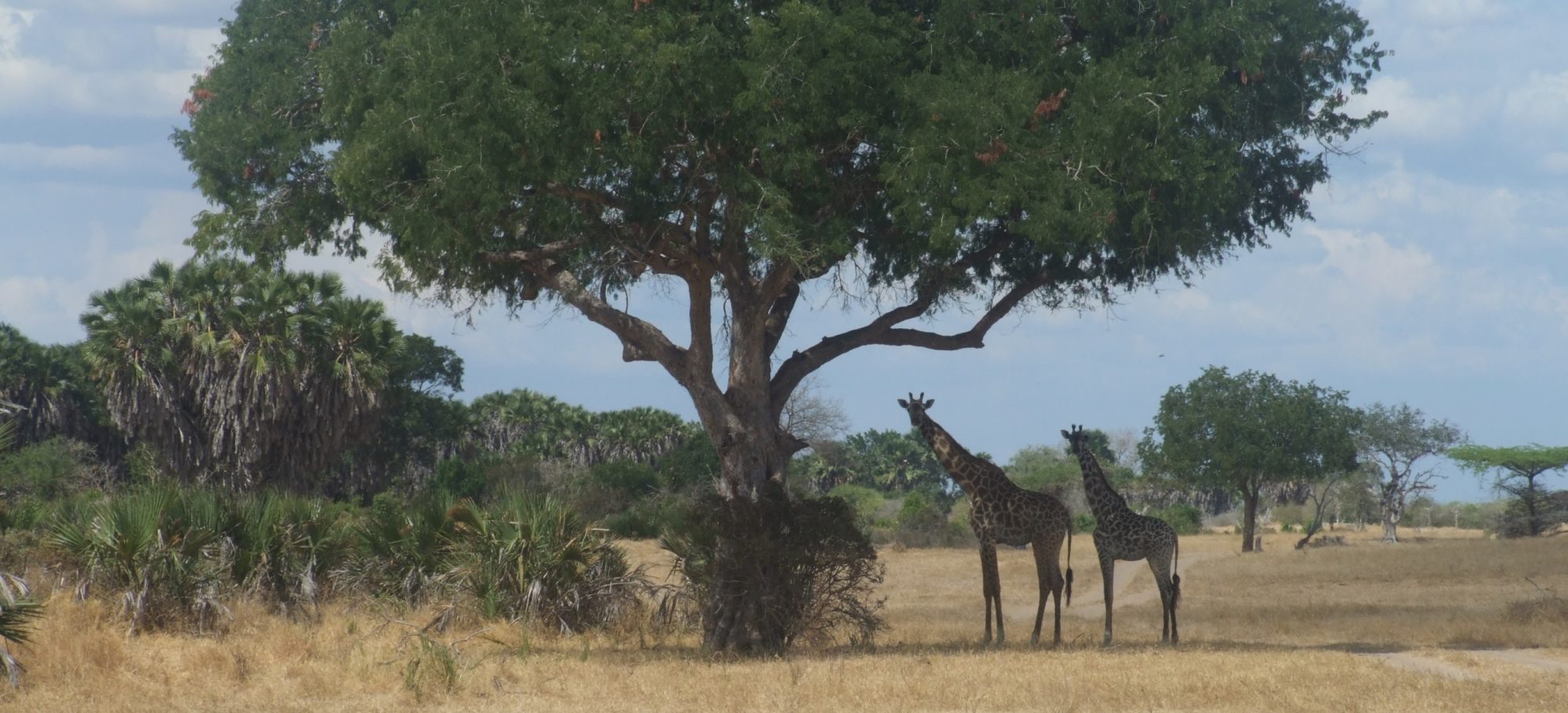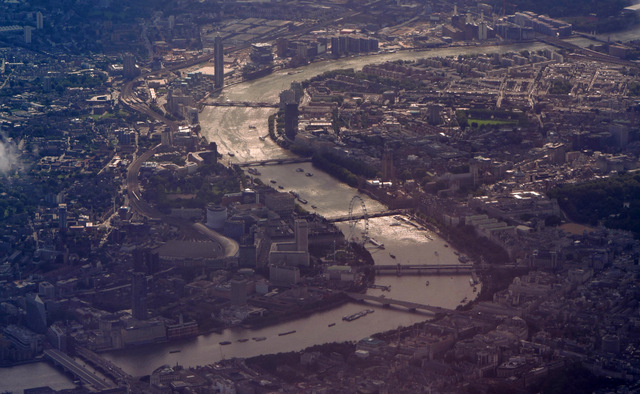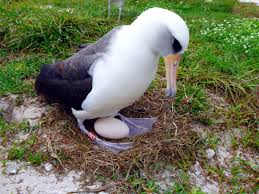
Researchers have found, that reefs which have birds that fly over them, and therefore leave dropping behind, recover faster and show greater resilience after bleaching. Unfortunately, the reason that we know this, is that on islands which humans had a greater presence, we introduced rats (accidentally) and these rats ate bird eggs, and killed the birds themselves – and these islands were seen to have under 50% of the coral reef growth of those where no rats were present.
It should be noted, that, even countries like the UK do not have a native rat species. The black rat arrived with the romans, while the brown rat arrived in the 16th centuries. It is unlikely that the rat could be eradicated completely in the UK, however, on many of these far smaller islands, which are so important to bird populations, this could happen, and has occurred on a lot of small islands. Removing them from larger islands are totally different.
In many places, such as waters around the British isles (which once hosted much cold water reefs) not only are many of these birds living lower numbers, but also bottom dragging nets have been allowed to destroy large areas. We need to make sure that we map out these reefs, so that this does not happen by mistake.













